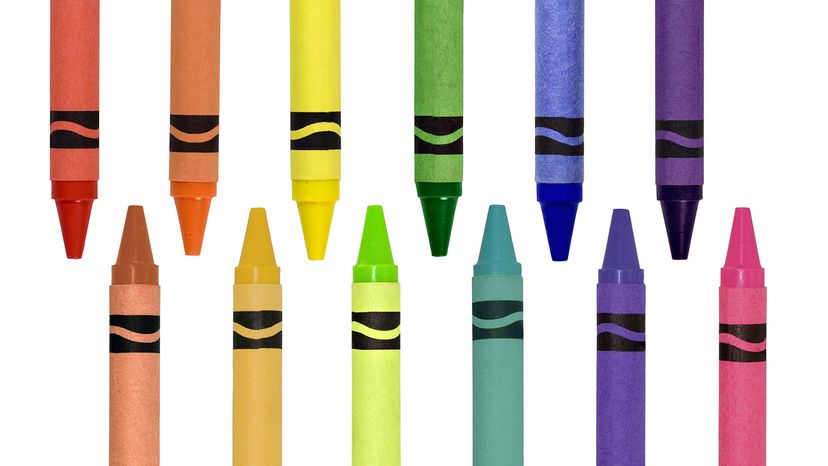In color theory, tertiary colors are created by mixing one primary color with a neighboring secondary color on the color wheel. For example, mixing red (a primary color) with orange (a secondary color) creates red-orange, while blue and green combine to form blue-green.
On the RGB color wheel, which is used for digital design, tertiary colors are formed by adjusting the balance of primary and secondary colors of light. These colors are vital for creating smooth transitions and nuanced color palettes.
Tertiary color schemes can work with complementary colors, analogous color schemes or even tetradic color schemes to create stunning designs.
There are three secondary colors we can create by mixing different combinations of the three primary colors. Then there are six possible tertiary colors we can create in further mixing.
The 12 resulting colors make up the broad strokes of what we consider visible color, but there are also infinite possible combinations in between these 12 shades which artists and designers may consider for their works.
